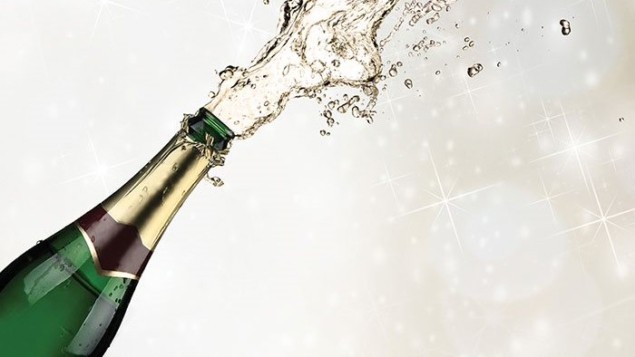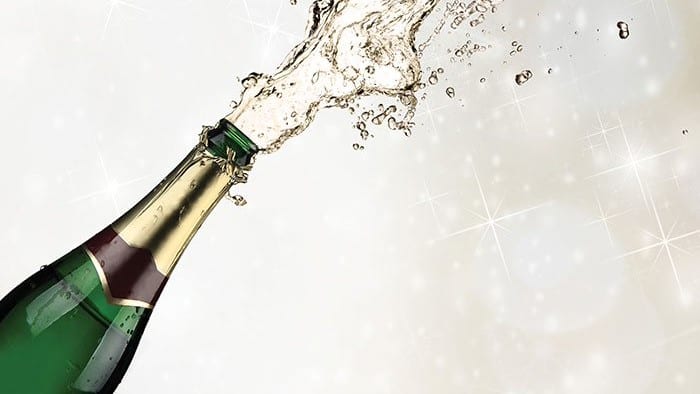
We live on a planet with lots of water and air, so it’s not surprising that bubbles can play important roles in a range of physical and biological processes. And that is one reason why some physicists are fascinated with bubbles. Although I suspect that having fun playing with bubbles in the lab, especially if they are in beer and champagne, is a major draw for some.
The latest breakthrough in bubble physics comes from the US and France, where Roberto Zenit of Brown University and colleagues have studied the streams of bubbles that occur in carbonated beverages.
Even the casual drinker knows that the bubbles in a glass of champagne tend to move upwards in a thin, straight line, whereas the bubbles in a glass of cola tend to move upwards in more disperse line. Zenit and colleagues have shown that this behaviour is defined by two factors – the size of the bubbles and the presence of surfactants in the liquid. A surfactant is a chemical that reduces the surface tension between the liquid and the gas in the bubble.
Lateral forces
They found that for small bubbles or low levels of surfactant, the vortices formed in the wakes of rising bubbles exert lateral forces on the bubbles causing a broadening of the stream. In the case of larger bubbles or higher concentrations of surfactants, the lateral forces have the opposite effect, pushing the bubbles back into line.
While champagne bubbles are small, the wine is rich in surfactants so its bubbles tend to travel in straight lines. Cola, on the other hand, has larger bubbles but fewer surfactants, so the bubbles tend to follow wonkier lines. You can find out more about the research in Physics.
As well as giving drinks a tart taste, bubbles can also be used to clean surfaces. Indeed, researchers are keen on developing ways to clean food and culinary equipment using liquids filled with air bubbles. This technique is already in some industrial cleaning applications, but not much is known about how it could be optimized for use in kitchens.
Magic angle
Now, Sunny Jung and colleagues at Cornell University in the US have shown that a stream of bubbles that strikes a surface at about 22.5° and then flows upwards along the surface is the best at cleaning. They came to this conclusion by exposing two different dirty glass surfaces to streams of bubbly water at varying angles of incidence. One surface was coated with proteins derived from milk and flour and the other with a culture of a common bacteria.
Using numerical simulations, the team verified the hypothesis that the shear force exerted by the bubbles on the surface is responsible for the cleaning. Their simulations suggested that the shear force reaches a maximum at about 22.5°.
Jung told Physics that he hopes the research will lead to the development of a “fruit jacuzzi” for cleaning delicate items of food.
Happy birthday
Normally, Physics World and Physics Today are rivals in the cutthroat world of physics publishing. But today I would like to wish Physics Today a very happy 75th birthday. In May 1948, the membership magazine of the American Institute of Physics was launched with the aim of providing a “unifying influence for the diverse areas of physics and the physics-related sciences”.
The first issue featured an article by the celebrated science administrator Vannevar Bush, who headed the US Office of Scientific Research and Development during the Second World War. I have no doubt that his article captured the excitement of those heady post-war days in America when the country was fast becoming a scientific superpower.
Your can read much more about the history of the magazine in this article. It also highlights some of the advertisements that have appeared in Physics Today over the years including one from a vendor of “war surplus bargains” and another one calling for solidarity with dissident physicists imprisoned in the USSR.
